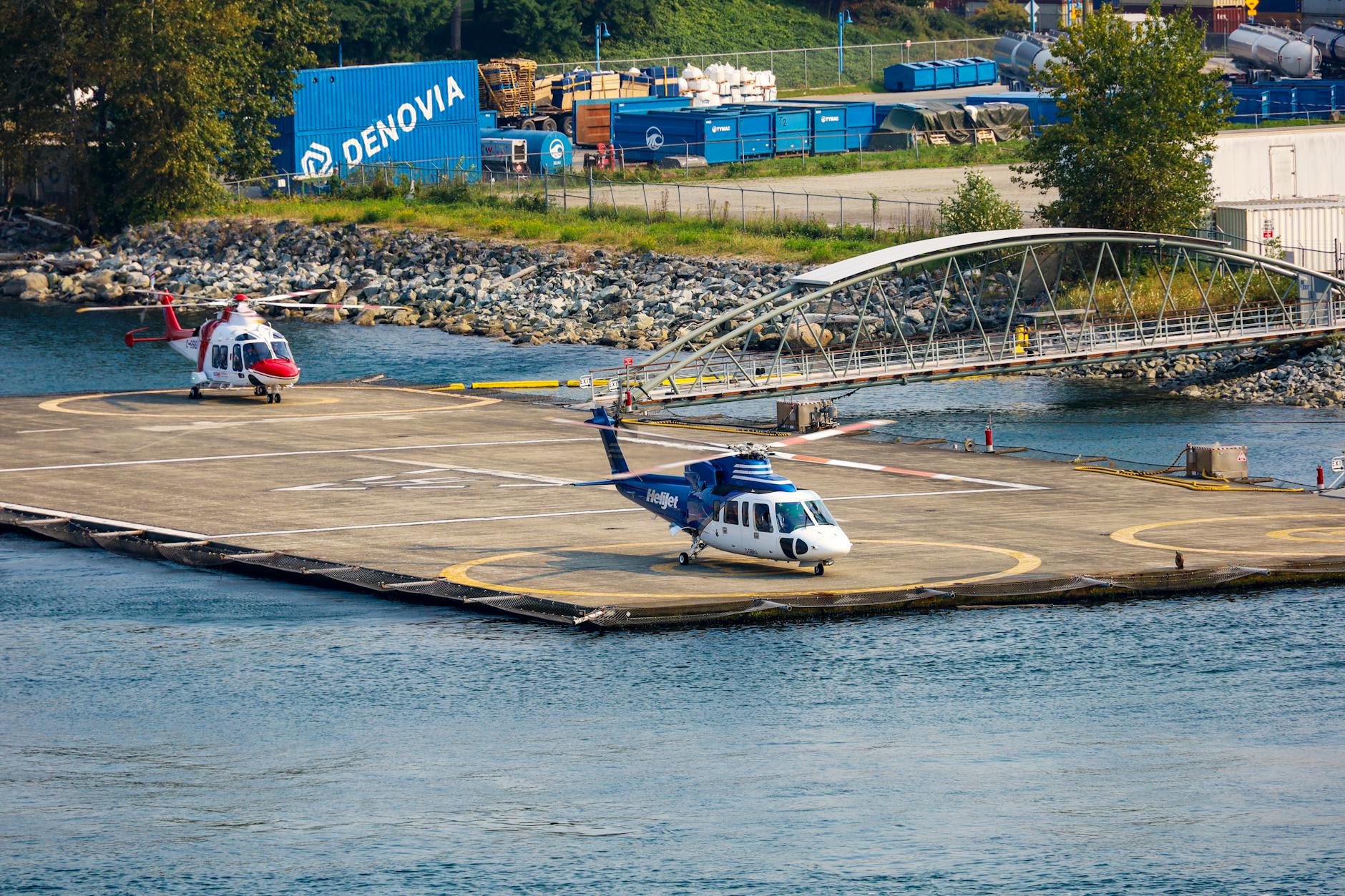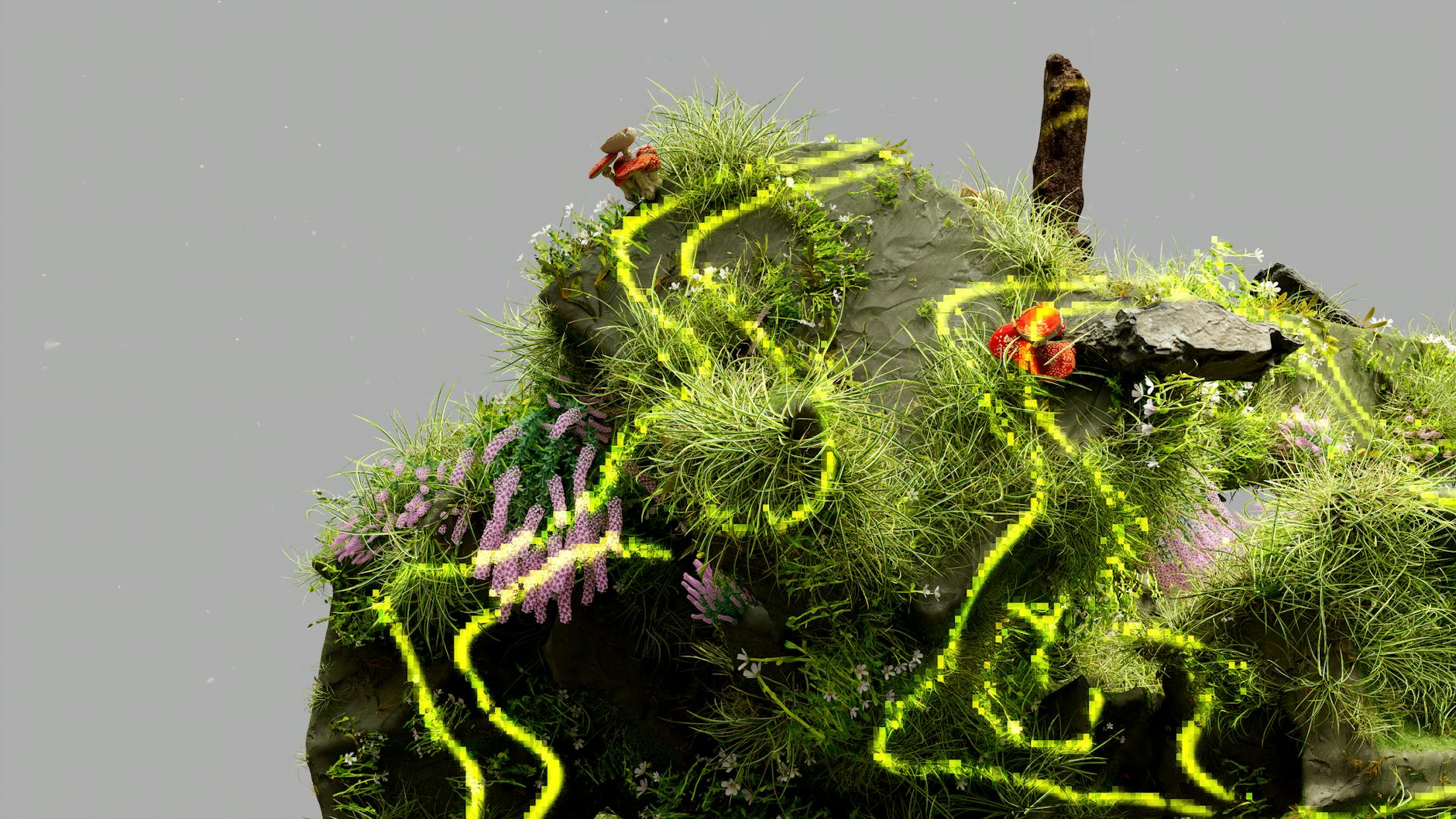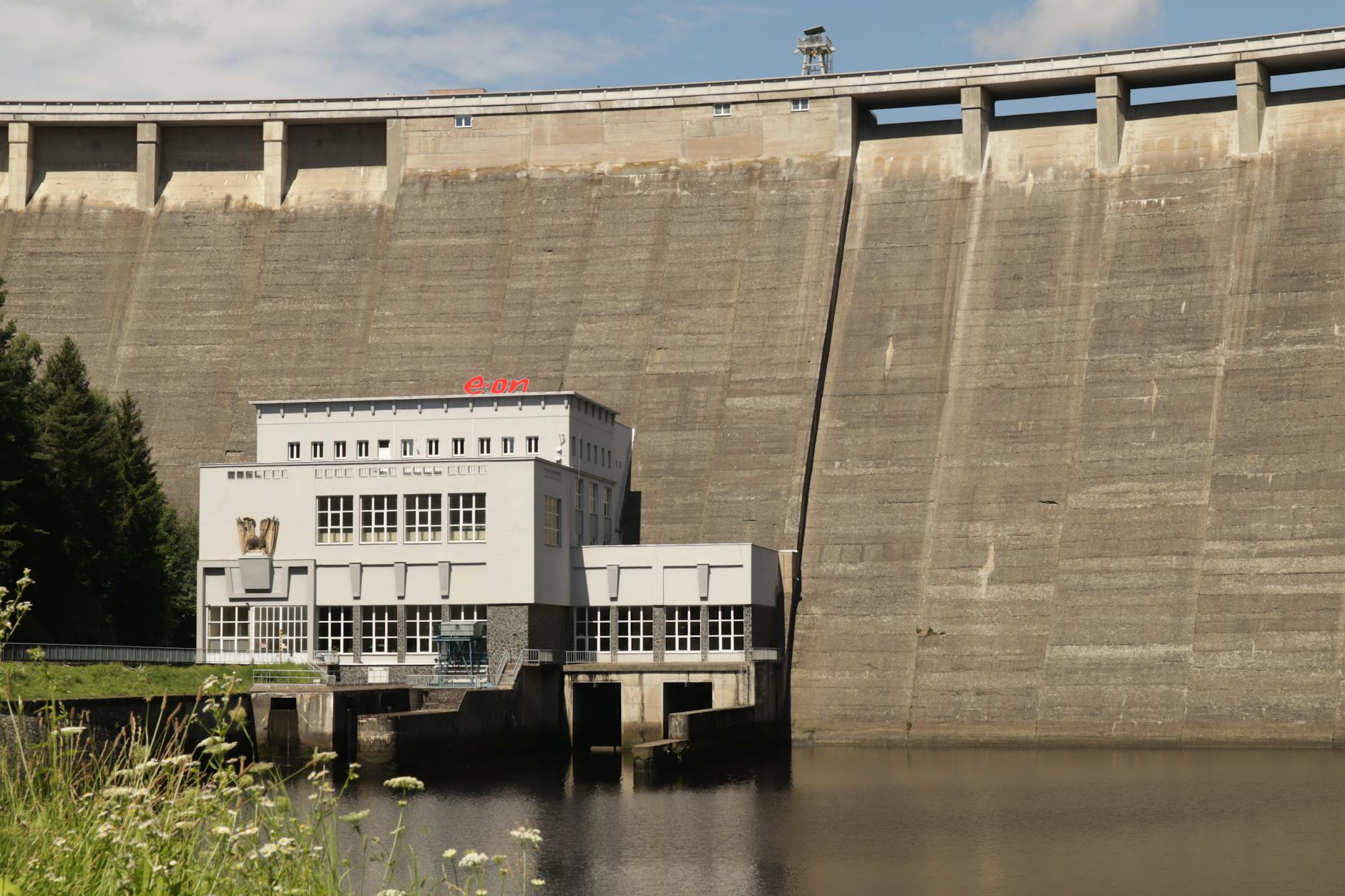- The Rise of Biomimicry in Robotics
- Bio-Inspired Design Principles
- Nature-Inspired Sensors and Sensing
- Environmental Applications of Nature-Inspired Robotics
- The Future of Nature-Inspired Robotics
Robots: Unleashing Nature’s Power for Smarter Innovations
In today’s rapidly evolving technological landscape, robots have emerged as a driving force behind groundbreaking innovations across various industries. Leveraging the principles of nature, robotics engineers and designers are harnessing the power of the natural world to create smarter, more efficient robotic systems. From biomimicry to bio-inspired designs, robots are increasingly mimicking the efficiency, adaptability, and resilience found in nature. This fusion of robotics and nature is fueling a new wave of intelligent machines capable of revolutionizing sectors such as healthcare, manufacturing, and agriculture.
The Rise of Biomimicry in Robotics
Biomimicry, a practice that draws inspiration from nature to solve human challenges, has paved the way for remarkable advancements in robotics. By studying the intricate mechanisms of biological organisms, engineers can replicate and adapt these designs to enhance the performance of robots. For instance, the development of robotic limbs modeled after the biomechanics of human muscles and tendons has led to more agile and dexterous robotic systems. Not only do these biomimetic robots exhibit greater efficiency and precision, but they also boast improved flexibility and durability, mirroring the capabilities of their natural counterparts.
Bio-Inspired Design Principles
In addition to biomimicry, bio-inspired design principles play a crucial role in shaping the future of robotics. By emulating the behaviors and attributes of living organisms, roboticists are able to create machines that can adapt to dynamic environments and perform tasks with enhanced accuracy. For example, the use of swarm robotics, which mimics the collective behavior of social insect colonies, enables a group of robots to communicate and collaborate seamlessly to achieve a common goal. This decentralized approach to robotic systems not only enhances efficiency but also ensures robustness and fault tolerance, making them ideal for tasks that require coordinated efforts and resilience.
Nature-Inspired Sensors and Sensing
Nature’s unparalleled sensor systems have inspired the development of cutting-edge sensing technologies in robotics. By studying how animals perceive and interact with their surroundings, researchers have been able to design sensors that can replicate these capabilities in robots. For instance, bio-inspired vision systems enable robots to navigate complex environments with precision, while biomimetic tactile sensors mimic the sensitivity and tactile abilities of human skin. These advancements not only enhance the perception and sensory capabilities of robots but also lay the foundation for more intuitive human-robot interactions, revolutionizing fields such as healthcare and assistive robotics.
Environmental Applications of Nature-Inspired Robotics
The intersection of nature and robotics holds tremendous potential for addressing pressing environmental challenges. From underwater exploration to wildlife conservation, nature-inspired robots are playing a vital role in monitoring and preserving ecosystems. For example, bio-inspired underwater robots equipped with fish-like propulsion systems can navigate underwater environments with greater efficiency and maneuverability, enabling researchers to study marine ecosystems in unprecedented detail. Similarly, aerial drones inspired by bird flight are being used for wildlife monitoring and conservation efforts, providing valuable insights into animal behavior and habitat preservation.
The Future of Nature-Inspired Robotics
As the field of robotics continues to evolve, the integration of nature-inspired principles will likely play a pivotal role in shaping the future of intelligent machines. From autonomous robots capable of self-learning and adaptation to robotic systems that can mimic the resilience and adaptability of living organisms, the possibilities are limitless. By unlocking the secrets of nature, robotics researchers are paving the way for a new era of innovation and technological advancement. With each new breakthrough, robots are poised to unleash the full potential of nature’s power, driving us towards a future where smarter and more sustainable solutions abound.
In conclusion, the marriage of robotics and nature represents a powerful union that is revolutionizing the way we approach technological innovation. By drawing inspiration from the natural world, robots are transcending conventional boundaries and pushing the limits of what is possible. As we continue to unlock the secrets of nature’s design, we can expect to see a new generation of robots that are not only smarter and more efficient but also more attuned to the world around them. In this age of rapid technological advancement, robots are indeed unleashing nature’s power for a future filled with smarter innovations and endless possibilities.


